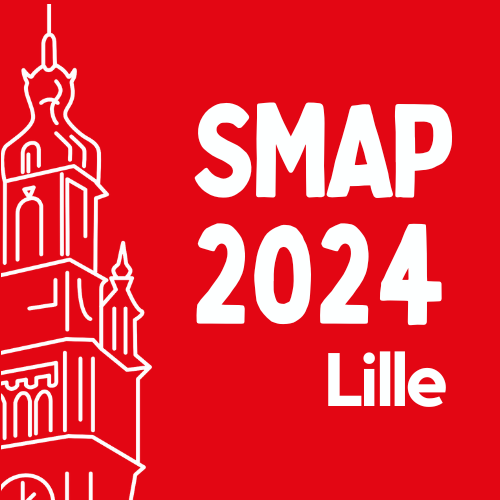
Session: Session 5
Optimized sample preparation for Top-Down Proteomics applied to spatial and spatially resolved proteomics
Objectives. Surfactants are used in protein extraction buffers and are not compatible with downstream MS or not directly compatible with Top-Down Proteomics (TDP) and require extensive cleanup that can result in protein loss. To address this issue we have developed a strategy based on protein labeling using cleavable biotin tags to study proteoforms in their microenvironnement (TME) and to explore the dynamic of proteoforms in a compartmentalized proteome from living cells. Methods. Spatially resolved proteomics. Proteins were in situ labeled using NHS-PC-Biotin from regions of 4mm² and 1mm² of tissue sections. Proteins were then extracted, affinity captured on streptavidin resin under harsh conditions (0.1 to 1% SDS) and eluted under UV irradiation. Spatial proteomics. HEK293 FlagTurboID-PIN1 cells were used to perform BioID. Proximal interacting partners of the PIN1 bait protein were labeled with a cleavable biotin to be enriched on streptavidin resin. Intact interacting proteins were then eluted under reducing conditions. In both strategies, proteins were visualized by SDS-PAGE and identified by Bottom-Up Proteomics (BUP) approach. Results. Spatially resolved proteomics. The advantage of the NHS-PC-Biotin tag is its ability to label proteins allowing their enrichment and elution under UV to be detected in their native form. Only labeled proteins were observed in SDS PAGE from regions of 4mm² and 1mm². Spatial proteomics. Thousands of intact proteins were observed in SDS PAGE only in the cleavable biotin based experiment. In both strategies thousands of eluted intact proteins were identified by BUP. Conclusion. Biotinylated intact proteins were successfully labeled and enriched in both strategies. Thousands of proteins were identified in BUP and will be analyzed by TDP. The cleavable biotin-based strategy is an easy sample preparation for TDP and offers the possibility to study the dynamic of interactomes at the proteoform level and in physiological conditions.